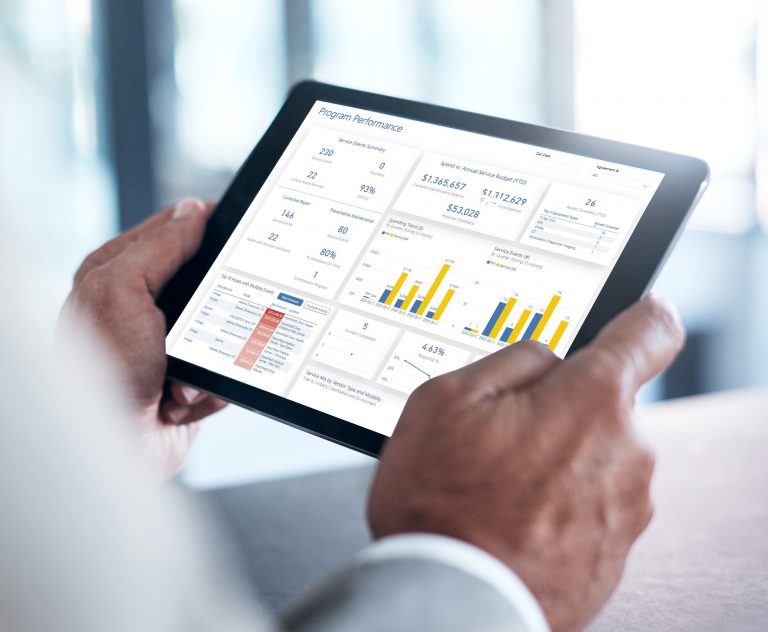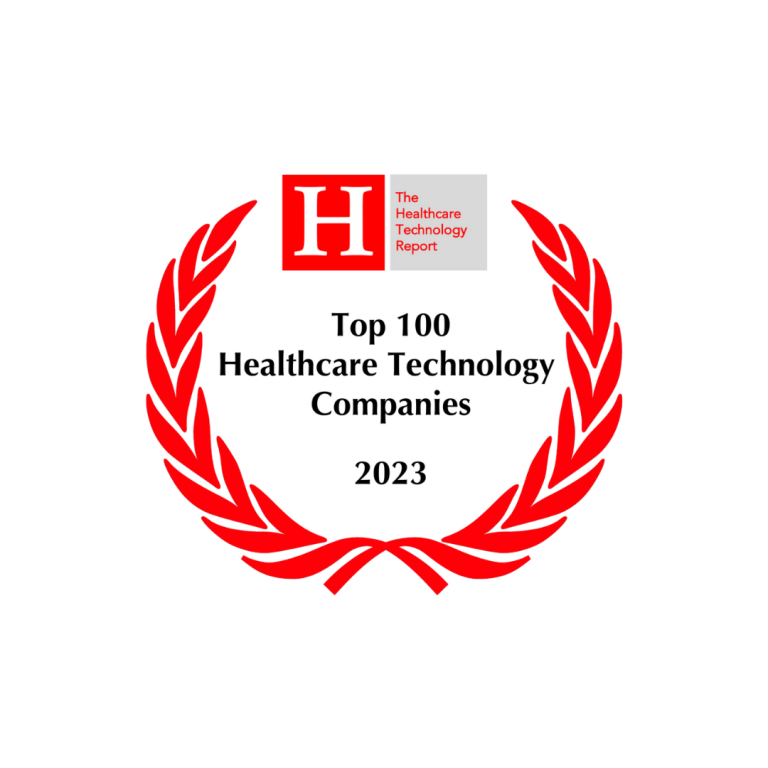
Joe Zaluzney
Chief Revenue OfficerIntroduction:
In our last piece of the “How Healthcare Systems Can Save Millions” blog series, PartsSource CEO and President Philip Settimi, MSE MD discussed the most significant challenges healthcare organizations face and the hidden opportunities to drive costs down. In this installment, Chief Revenue Officer Joe Zaluzney, who has nearly 15 years of experience in supply chain, dives into what strategies hospital systems can implement to address these challenges and how to seize opportunities in medical equipment management.
Current Challenges and Numbers:
It’s true that “you can only manage what you can measure,” and health systems often have difficulty in both measuring and managing their medical equipment maintenance and repair functions. One of the main reasons for this difficulty is that certain major assets are managed by the department that uses the assets.
In a recent study, PartsSource researched the state of provider’s knowledge base on managing their medical equipment assets, and how they are managing them. The results were then compared with national benchmarks derived form PartsSource’s database of 100,000 service contracts and 500,000 service events. Through this, it was discovered that health systems are managing an average of nearly 150 service contracts across their facilities, and it takes each contract, on average, more than three months to activate. The value of staff time spent on setting up the contract could approach or even exceed the value of the contract.
In addition, the study found a wide variance on contract costs and terms. And most health systems have no methods in place to monitor the cost and quality of service, or to flag vendor logistical or performance defects. They lack the actuarial data to determine where to take risks.
Strategies to Address Challenges:
A great way to begin addressing these challenges is through a centralized clinical engineering (CE) or healthcare technology management (HTM) department. Centralizing budget oversight and expertise in one department can simplify both management and tracking. It’s easier to know what you’re spending and what value you’re achieving while identifying opportunities for improvement.
A centralized department will have the time and resources to benchmark effectively, comparing the health system’s expenditures and practices against those of peer organizations. By using this approach, health systems can reduce or eliminate their dependence on contracted services and manage equipment maintenance more effectively: standardizing procurement, eliminating cost variances, and identifying the most cost-effective sources for both parts and services.
This systematic, evidence-based strategy allows for the following:
Optimizing Capacity
Approximately 85% of typical medical equipment management budget goes to service and labor. Providers can free up their staff for high-value work and use cost and performance data to identify areas where contracting is the better value. This can also increase job satisfaction and reduce turnover.
Consolidating Vendors
PartsSource benchmarks show a variation of up to 57% in service and repair costs for the same device, even within the same health system. This is often due to an organization’s inability to identify opportunities to consolidate contracts and reduce the number of vendors it uses. Such consolidation reduces both cost and variances while decreasing administrative costs and gives the organization more leverage by creating fewer but higher dollar contracts.
Prioritizing Service Lines
Revenue-producing service lines like imaging and lab offer particularly ripe opportunities for savings. This is because service contracts for these types of equipment are the largest ones in any contract portfolio. Additionally, benchmarking may reveal that it’s worthwhile for the organization to train its own in-house staff to handle service. Based on research, PartsSource estimates the health system can save 30% to 50% on the service of imaging equipment by bringing it in-house and 10% to 15% on the service of lab equipment, compared with an original equipment manufacturer (OEM) service contract. And, these savings do not include the faster turnaround on repairs and the resulting improvement in uptime.
Utilizing Advanced Analytics
Evidence-based data can improve planning and equipment-related decisions in areas including:
- Improving supply chain operations
- Evaluating service contracts compared with projected expenses for service, based on time and materials
- Computing total cost of service and total cost of ownership for each medical equipment asset, which can help identify when a replacement is a better option than continued repair
- Asset utilization: tracking uptime and ensuring cost-effective use
Conclusion:
In conclusion, there are several strategies healthcare organizations can implement to drive costs down and improve efficiency, and it all starts with a centralized, data-driven approach.
To learn how PartsSource can help your organization start your cost savings journey, read more about our PartsSource Repair and Service Agreements solution here.




